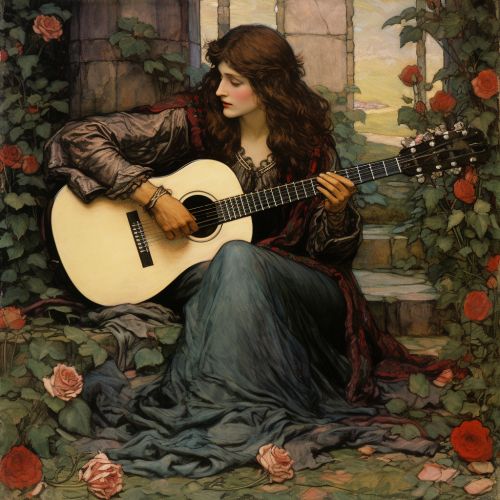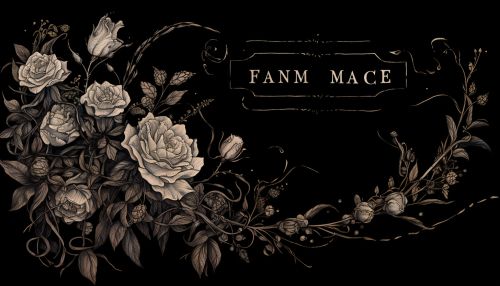Iambic pentameter
Introduction
Iambic pentameter is a type of metrical line used in traditional English poetry and verse drama. The term describes the rhythm, or meter, established by the words in that line; rhythm is measured in small groups of syllables called "feet". "Iambic" refers to the type of foot that is used, known as the iamb, which in English is an unstressed syllable followed by a stressed syllable. "Pentameter" indicates that a line has five of these "iambs".


History and Development
The use of iambic pentameter in the English language can be traced back to the works of Geoffrey Chaucer in the 14th century. Chaucer was the first writer to use iambic pentameter in his Canterbury Tales, a collection of stories told by a group of pilgrims as they travel together.
Structure and Form
An iambic foot is an unstressed syllable followed by a stressed syllable. The rhythm can be thought of as a brief pause, followed by a short, quick syllable. This pattern is repeated five times in a line of iambic pentameter, resulting in ten syllables.
Usage in Literature
Iambic pentameter has been used extensively in traditional English verse, especially in sonnets, plays, and other forms of verse. It is the most common meter in English poetry, and is used in many of the major English poetic forms, including blank verse, the heroic couplet, and some forms of the sonnet.
Variations
While the basic structure of iambic pentameter is consistent, there are numerous variations that poets can and do use for effect. These include the use of a trochaic foot at the start of a line, a spondaic foot in place of an iambic foot, or the addition of a feminine ending.
Conclusion
Iambic pentameter is a versatile and widely-used metrical line in English poetry. Its rhythmic pattern lends itself well to the natural rhythms of spoken English, and it is flexible enough to be used in a wide variety of poetic forms and styles.
